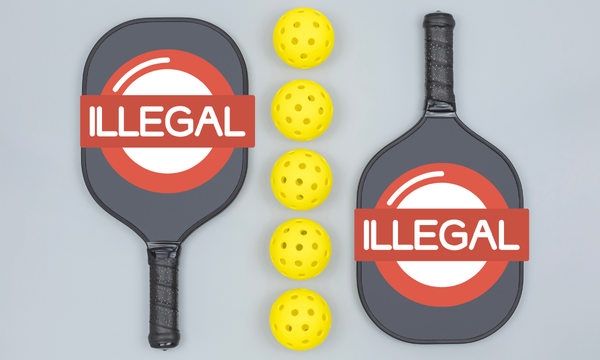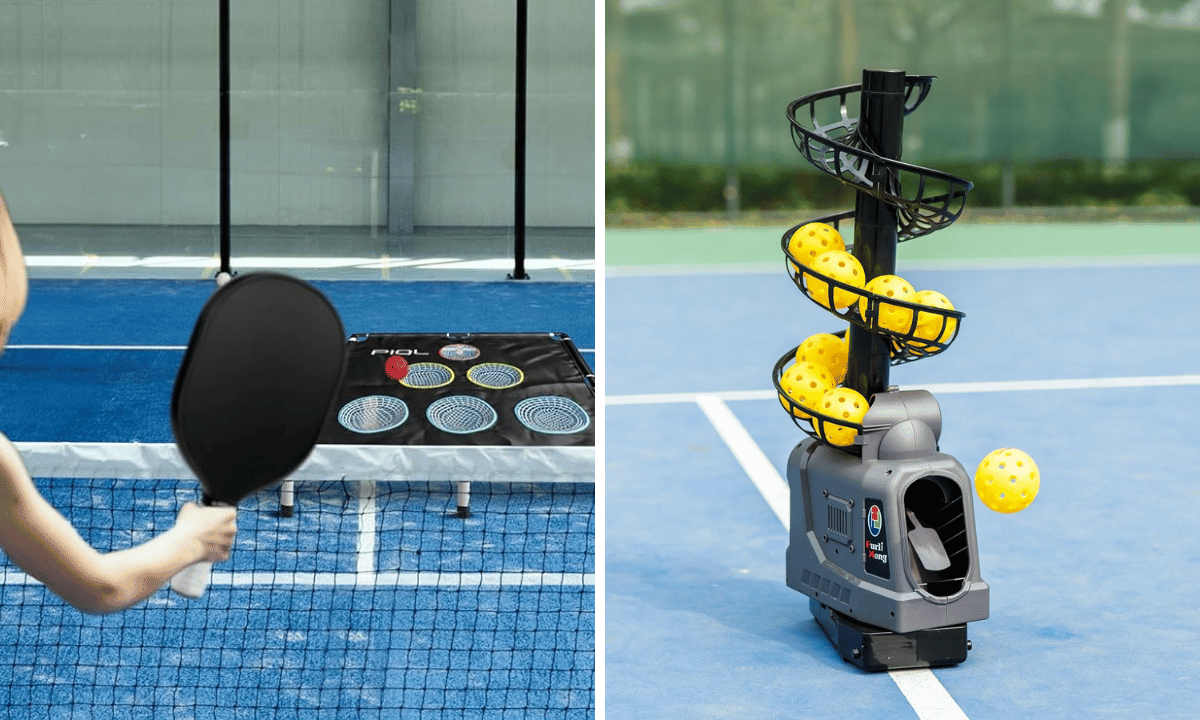Pickleball leagues have been rapidly growing in popularity, and with their rise has come an increased demand for organized tournaments and getting game results quickly.
While playing the sport is undoubtedly fun, organizing a tournament can prove to be tricky due to the complexity of scheduling games opening an account and keeping track of scores.
Fortunately, the use of brackets can make it easy for tournament directors to organize and keep track of game results for tournament directors. In this article, we will explore how to create pickleball brackets for tournaments.

Table of Contents:
1. What is a Pickleball Bracket?
2. How to Make a Pickleball Bracket
3. Types of Pickleball Tournament Brackets
4. Common Pitfalls to Avoid
5. Conclusion

What is a Pickleball Bracket?
A pickleball bracket is simply a tool used to organize and keep track of scores in a pickleball tournament for tournament directors. It is a visual representation of tournament standings, usually displayed as a chart or spreadsheet.
As players compete and report their scores, they move up or down the bracket depending on wins or losses. In this way, the bracket “brackets” the players according to their winning records.
How to Make a Pickleball Tournament Bracket
Step 1: Decide on the Type of Bracket
Before jumping into creating a pickleball bracket, it is essential to decide on which type of bracket to use. Pickleball tournaments can be single or double-elimination, round-robin, or Swiss-style. Each type of bracket has its own advantages and pitfalls, so it is crucial to choose the appropriate one for the particular tournament.
Step 2: Determine the Number of Participants:
The number of participants for a pickleball tournament impacts how many rounds are needed in your bracket. The number should always be a power of 2 (e.g., 2, 4, 8, 16, 32, 64).
If you have an odd participant number, you can add a "ghost" player to make it even. After determining the number of participants, create a table with an equal number of rows and a column for each round.

Step 3: List the Players
Once the type of bracket has been decided, it’s time to list the players. Whether using pen and paper or an electronic document, it’s important to make sure that each player’s name is spelled correctly and in the correct order.
Step 4: Create the Bracket
After listing the players, it is time to create the bracket by tournament directors. Different bracket types require different formats, so it’s vital to research the appropriate design based on the chosen bracket type. One can also find pickleball bracket templates online to make the process easier.
Step 5: Fill in the Wins and Losses
Once the bracket has been created, it’s time to fill in the wins and losses as soon as you have game results. As scores are reported, tournament directors need to keep the bracket updated to keep track of each player’s standing in the tournament. It’s important to keep the bracket updated in real-time with game results to avoid confusion and prevent any mistakes from creeping into the tournament.



Seeding the Players:
Seeding is crucial since it determines which players go against each other in the early rounds. Seeding should be based on the player's ranking, skill level, or previous tournament results. You can use software or online tools that automatically seed players for you. Alternatively, you can just do it manually.
Types of Pickleball Brackets
Single Elimination
Single elimination is a popular bracket type that is simple to use and easy to understand. Players go head-to-head, with the winner advancing to the next round and the loser eliminated from the tournament. The championship game is usually played between the last two players standing in the bracket.
You can do this for skinny singles and mixed doubles too.
Double Elimination
Double elimination is similar to single elimination, with one key difference: players must lose twice to be eliminated from the tournament. This bracket type provides players with a second chance after losing their first game. However, double-elimination brackets are more complex than single-elimination and may require more time to complete.
Round Robin
Round-robin brackets involve each player playing each other once, with the player with the most wins being declared the winner. This bracket type allows players to play multiple games, ensuring that each player participates in several matches. However, scheduling round-robin tournaments can be more difficult due to the potentially large number of games played.

Swiss-Style
Swiss-style brackets are unique in that each player plays a predetermined number of rounds against similarly skilled opponents. After each round, players are matched up with others who have the same win-loss record.
In the end, the player with the most points is declared the winner. Swiss-style brackets reduce the impact of luck or chance on the outcome of the tournament but can be challenging to implement due to the amount of matching that needs to be done.
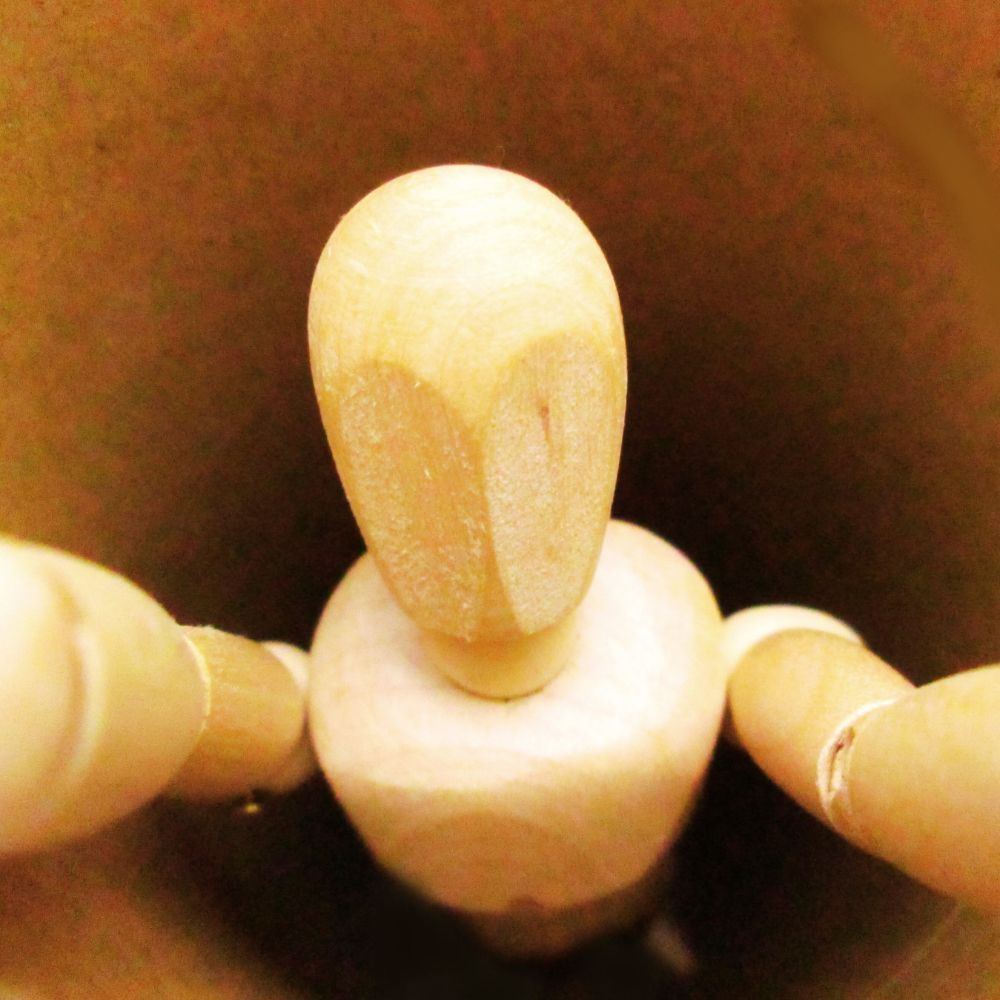
Common Pitfalls to Avoid
While using pickleball brackets is an excellent way to organize tournaments, there are a few common pitfalls to watch out for:
1. Take the time to choose the appropriate bracket type for the tournament
2. Ensure that the bracket is correctly created and updated in real-time
3. Avoid making mistakes when inputting scores or moving players up or down the bracket
4. Make the tournament rules clear to participants beforehand to avoid any misunderstandings
Adjustments and Final Touches:
Once you filled out the brackets, double-check all the matches and finalize the schedule. It's best to keep the schedule visible to players, fans, and staff, and notify everyone accordingly. Provide printed copies of the brackets or post them online.
Use a magnetic board or digital projector to display the schedule and current standings. Make commendations or adjustments such as changing the scoring format.
Sources: printyourbrackets, fairgrounds, pickleball brackets, pickleball brackets.com
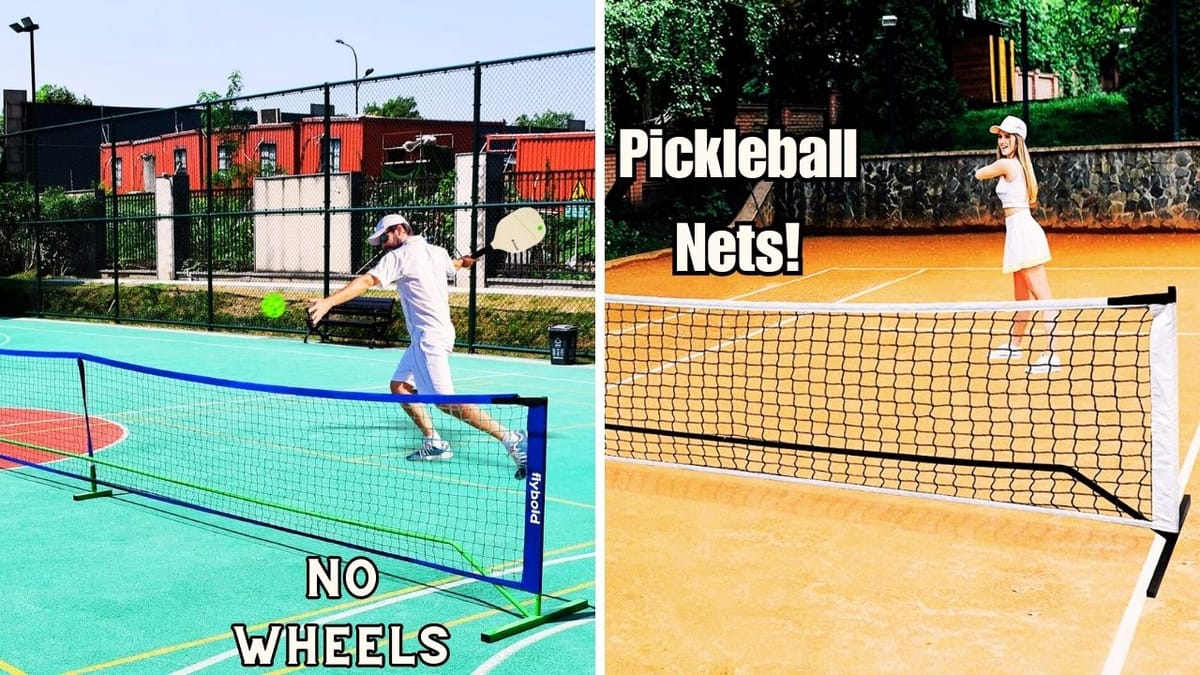

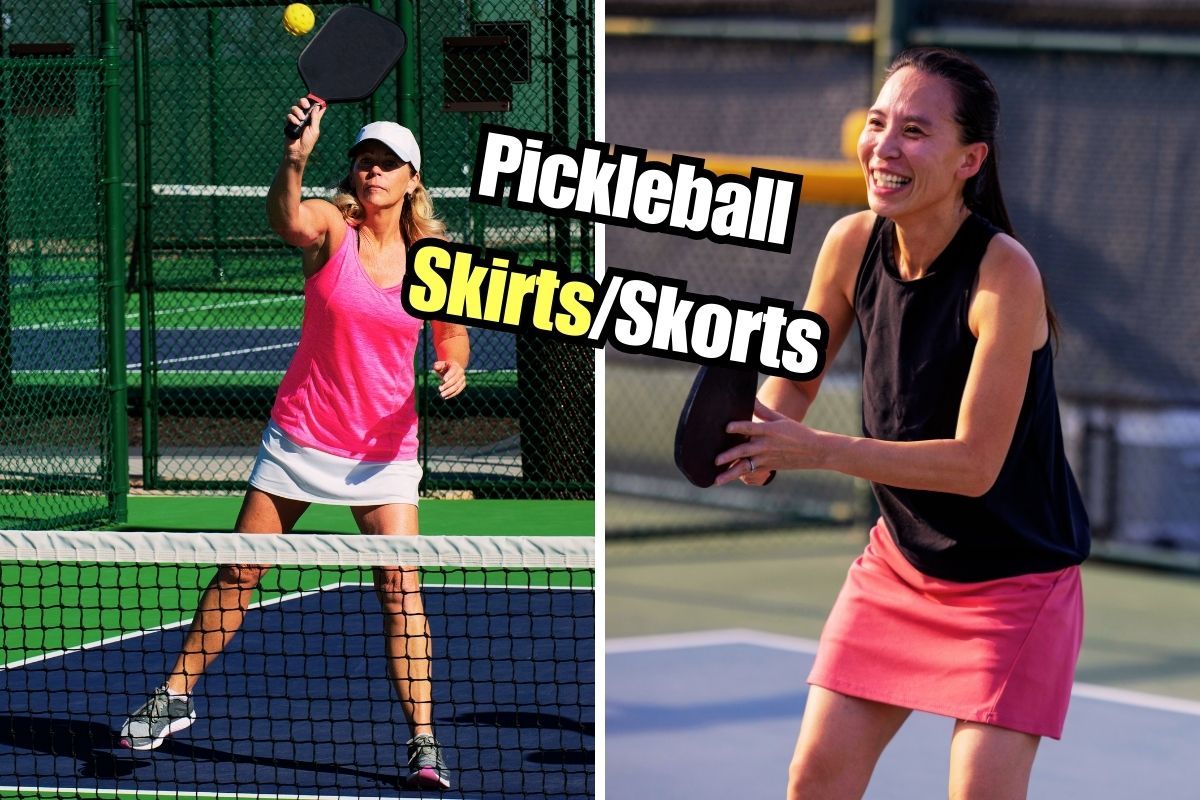
Conclusion
By following the above steps and being mindful of potential pitfalls, creating pickleball brackets can be a breeze. Utilizing brackets can add some much-needed organization to a tournament and make it fun for everyone involved.
With the increased popularity of pickleball, it’s important to have systems in place to ensure fair play and accurate scorekeeping. You can check out PPA tournaments and see how they do their brackets too. So, get out there and start organizing your tournaments – it’s easier than you think!
Your Pickleball Guru,
Ray
lifetime pickleball tournament
pickleball champs
players courtyard
pro pickleball
life time
life time san clemente
own pickleball classic tournaments
life time peachtree corners
major league pickleball
life time's vice president
pickleball classic tournaments









